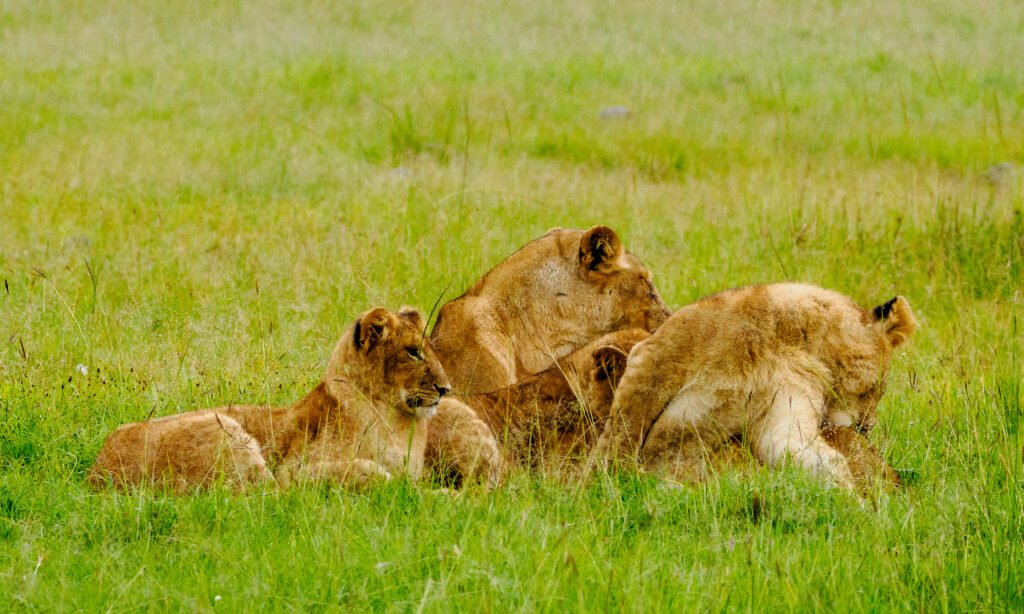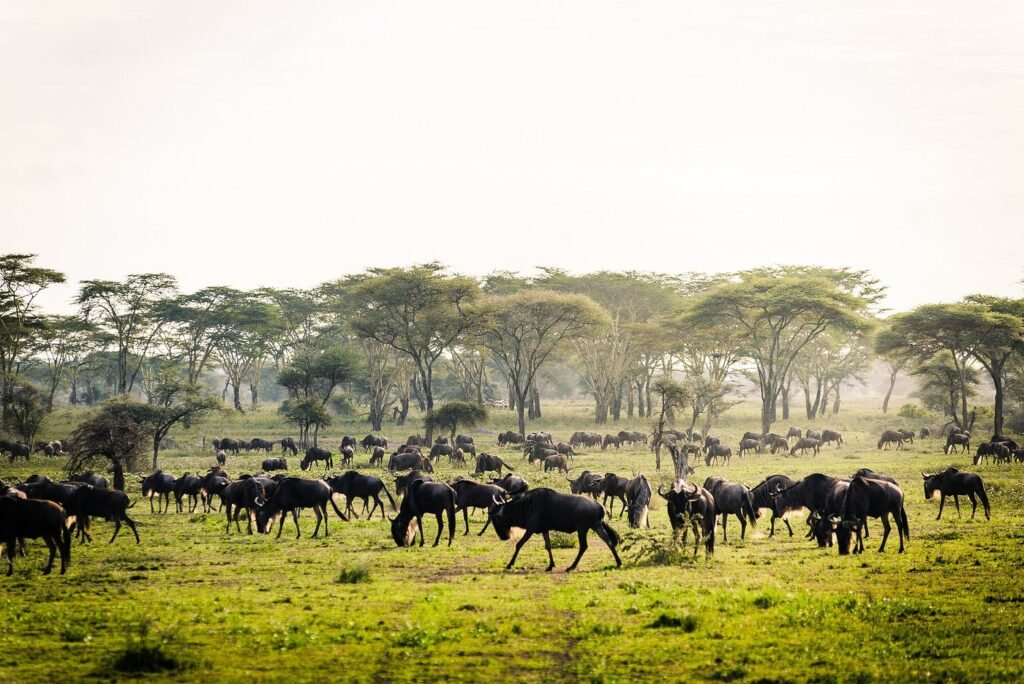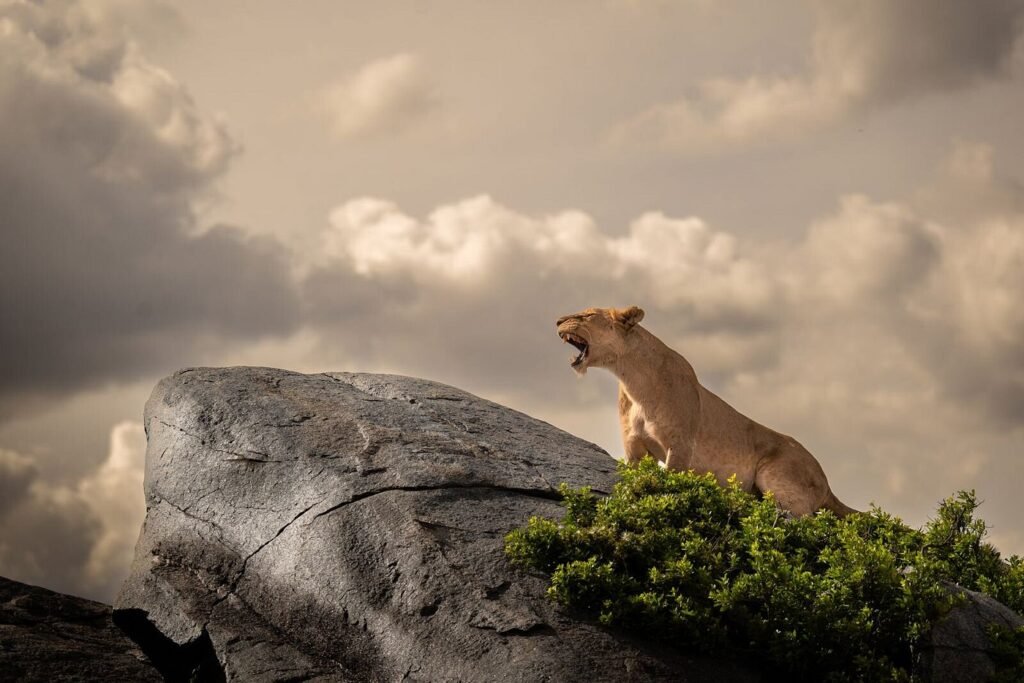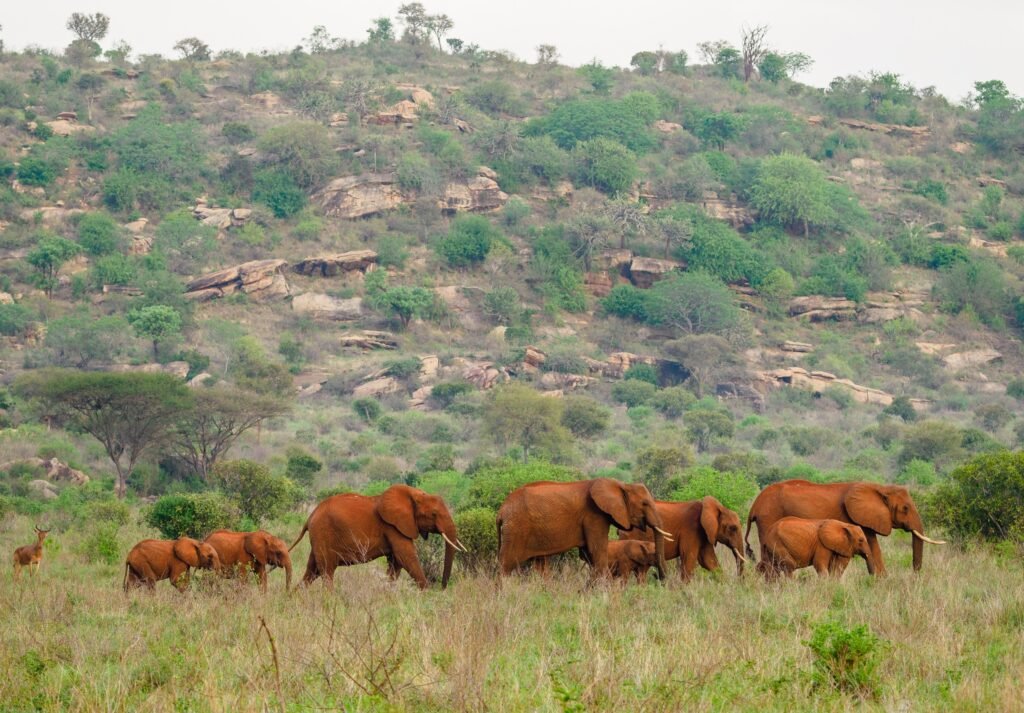Kenya Wildlife Conservancies – Where Conservation Meets Adventure



Beyond Kenya’s world-famous national parks lies a safari secret: the Kenya wildlife conservancies. These private, community-managed lands offer exclusive safari experiences – fewer crowds, closer wildlife encounters, and the knowledge that your visit directly supports local conservation efforts.
At Annest Kenya Safaris, we take you to the heart of Kenya’s most iconic conservancies – from the legendary Ol Pejeta Conservancy to the wild beauty of Naboisho and the vastness of Lewa Downs.
Whether you’re seeking luxury, privacy, or eco-conscious travel, conservancies deliver an unforgettable safari you won’t find anywhere else.
What Makes a Kenya Wildlife Conservancy Special?
- Exclusive Access – Limited visitor numbers mean no traffic jams around sightings.
- Night Game Drives – A rare opportunity not permitted in national parks.
- Walking Safaris – Step into the wild on foot with expert rangers.
- Community Impact – Your safari directly funds local schools, jobs, and conservation projects.
- Rich Wildlife – Conservancies protect endangered species like rhinos, wild dogs, and cheetahs.
Many conservancies border national parks (like the Masai Mara), meaning wildlife roams freely between them – offering the same game-viewing with a more intimate touch.
Top Wildlife Conservancies in Kenya
H3: Ol Pejeta Conservancy
- Famous for being home to the last two northern white rhinos.
- Incredible Big Five sightings.
- Offers game drives, lion tracking, and chimpanzee sanctuary visits.
- One day Ol Pejeta tour and two day Ol Pejeta safar tour
H3: Naboisho Conservancy (Masai Mara)
- Low-density tourism → only a few safari camps.
- High concentrations of lions and other predators.
- Perfect for honeymooners and photographers.
- Masai mara safaris
H3: Lewa Wildlife Conservancy
- UNESCO World Heritage Site.
- Famous for black and white rhino conservation.
- Luxury lodges with panoramic views of Mount Kenya.
H3: Olare Motorogi Conservancy (Masai Mara)
- Known for big cat sightings.
- Ultra-luxury tented camps.
- Great for private, high-end safaris.
H3: Borana Conservancy
- Pristine landscapes and rhino conservation focus.
- Horseback safaris available – a unique adventure.
Kenya Conservancy Safari Itineraries
At Annest Kenya Safaris, we design itineraries that combine conservancies + national parks for the ultimate safari.
4 Days Ol Pejeta & Samburu Safari
5 Days Masai Mara Conservancy & Main Reserve Safari
7 Days Lewa Downs, Ol Pejeta & Mara Safari
Why Book Your Conservancy Safari with Annest Kenya Safaris?
- Over 15 years of safari expertise.
- Commitment to sustainability & conservation travel.
- Well-maintained safari vehicles + expert guides.
- Partnerships with authentic lodges & eco-camps.
- Personalized safaris – private, group, family, or luxury.
FAQs – Kenya Wildlife Conservancies
Conservancies are privately/community-managed areas allowing exclusive activities like night drives, while parks are government-run and more crowded.
Generally yes, but the experience is more exclusive with fewer vehicles, closer encounters, and luxury accommodations.
Absolutely. Conservancies like Ol Pejeta and Naboisho offer all the Big Five plus rare species like wild dogs.
Yes! With fewer crowds and private camps, conservancies are ideal for family safaris with kids.
Conservancies are open year-round, but peak wildlife viewing is during the dry season (June–October) and Great Migration (July–October in Mara conservancies).
A portion of your safari fees goes directly to community schools, jobs, and healthcare.
Yes. Many travelers combine Masai Mara + Naboisho or Ol Pejeta + Samburu for variety.
Yes, conducted with armed rangers and expert guides. It’s one of the most thrilling ways to explore.
Yes, usually only 3–5 vehicles per wildlife sighting are allowed, ensuring a peaceful experience.
From luxury tented camps to eco-lodges, conservancies offer intimate, high-quality stays.


